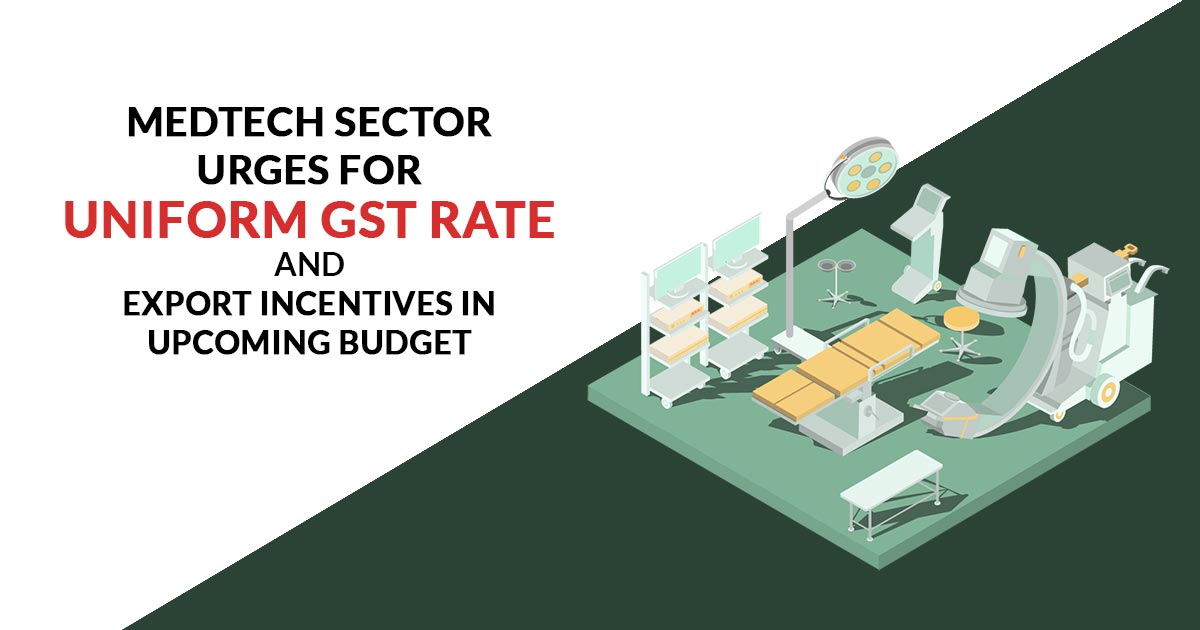
A wish list has been presented by the medical devices manufacturing industry ahead of the upcoming union budget 2025. They are seeking several key changes, including making tax rates more consistent, offering better incentives for exporting products, and keeping a closer eye on the minimum retail prices for imported devices. These changes are aimed at supporting the industry and ensuring fair pricing for consumers.
Tax experts cited that at 12% the government could consider standardizing the GST rate across all medical devices. It shall facilitate the tax structure, ensuring consistency and ease of doing business.
The medical industry has requested the government to increase the benefits for exporting goods under a specific program called the Remission of Duties and Taxes on Exported Products (RoDTEP). They are hoping to raise the current export incentives from about 0.6-0.9 per cent to a range of 2-2.5 per cent.
The scheme’s objective is to refund to exporters the embedded central, state, and local duties and taxes paid on inputs that have not been refunded or rebated so far.
Recommended: GST Impact on the Healthcare Industry in India
It bolsters the global competitiveness of Indian-made medical devices, allowing manufacturers to expand their reach in international markets.
The additional demand is to track the maximum retail costs of imported medical devices into India so that domestic consumers can get cheaper rates.
India’s medical technology market is worth about $12 billion. In the financial year 2024, the country imported medical devices totalling $8.2 billion. This means that around 80 to 85 per cent of the medical devices used in India come from other countries, according to a recent report.
Under the Union Finance Ministry’s pre-Budget memorandum, the Association of Indian Medical Device Industry (AIMED) expressed that the government’s efforts to facilitate import duty on devices go in vain since consumers and patients pay “10 to 30 times the landed price of imported devices.”
For medical devices that are being made in India, the association has asked for a recall of Nil and concessional duty notifications where sufficient capacity exists.
No gain is there to the consumers from the Nil duty as affordability is associated with the cost labelled on the product as that is what has been imposed on them.
AIMED seeks 5-15 per cent Customs duty on imported devices, the Medical Technology Association of India (MTaI) has pursued lower Customs duty rates for products where domestic alternatives are not available.
Pavan Choudary, chairman, MTaI said “The high Customs duty regime significantly increases the cost of medical devices. This undermines the government’s efforts to make affordable healthcare accessible to the masses through initiatives like Ayushman Bharat.”
Read Also: GST Impact on the Indian Pharmaceutical Industry
The industry players among the additional demands have sought an extension and strengthening of the production-linked incentive (PLI) scheme for medical devices by another two to three years.
It assists the local manufacturers in increasing production, reducing import dependence, and achieving long-term growth and sustainability.